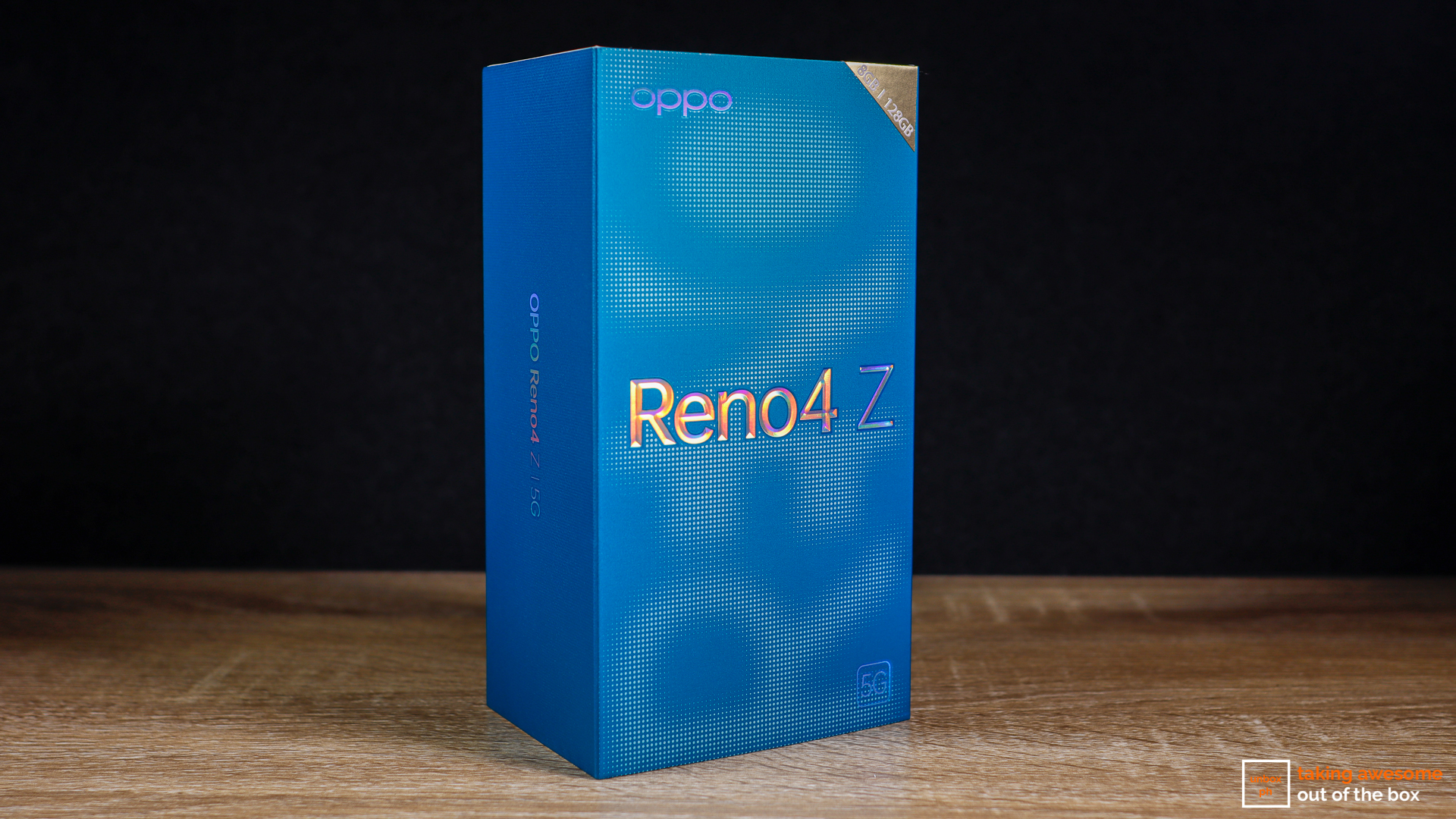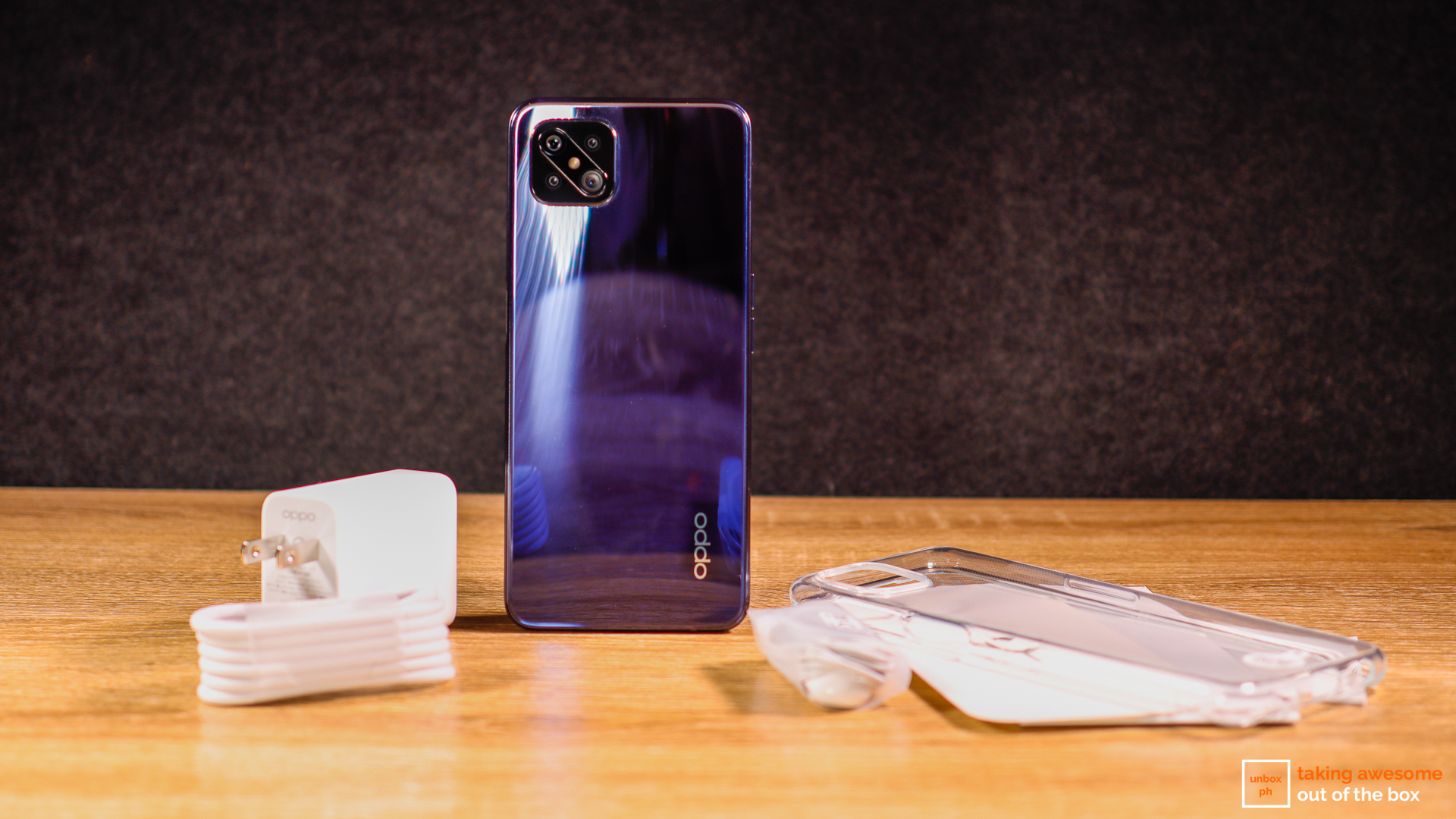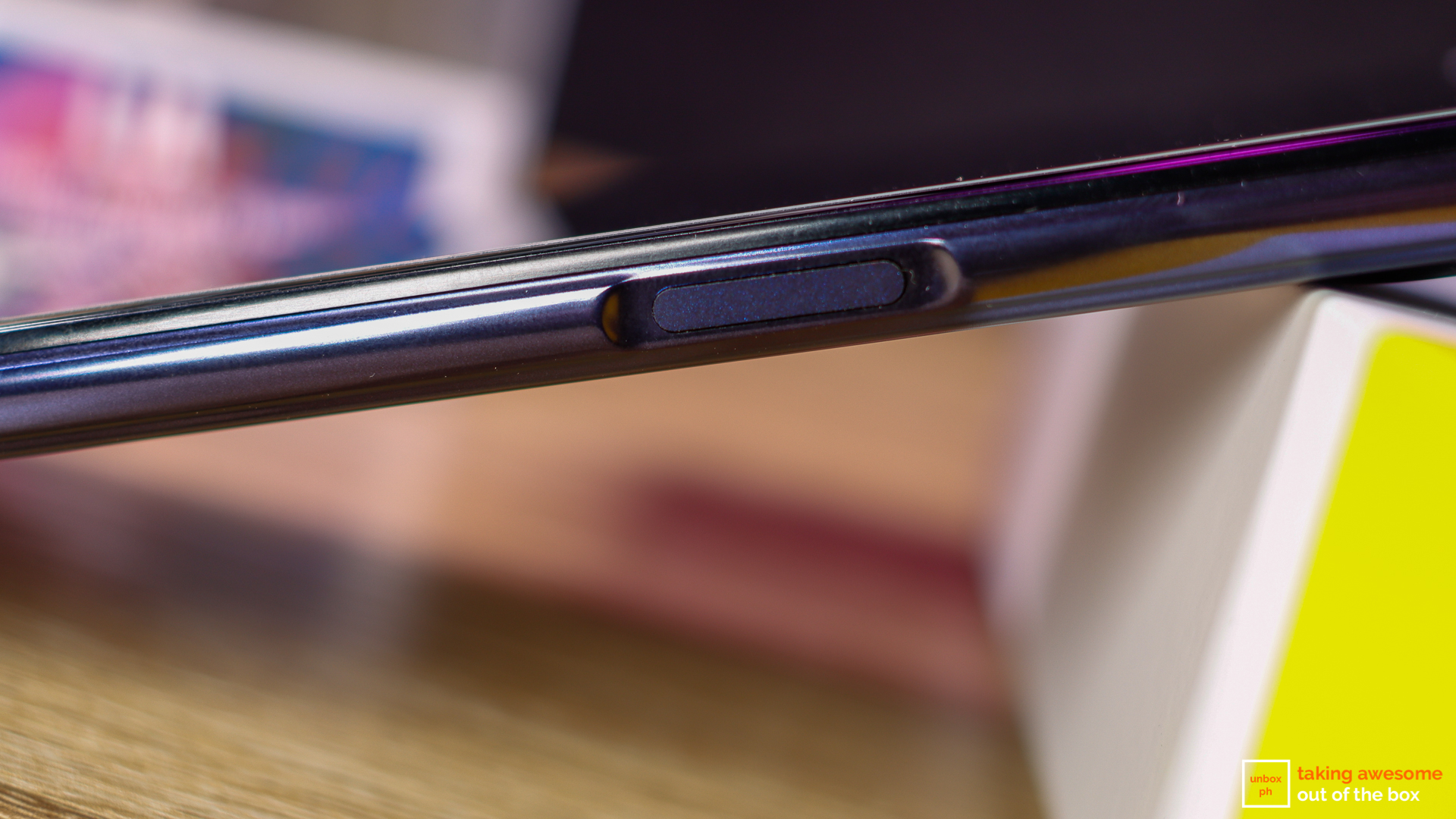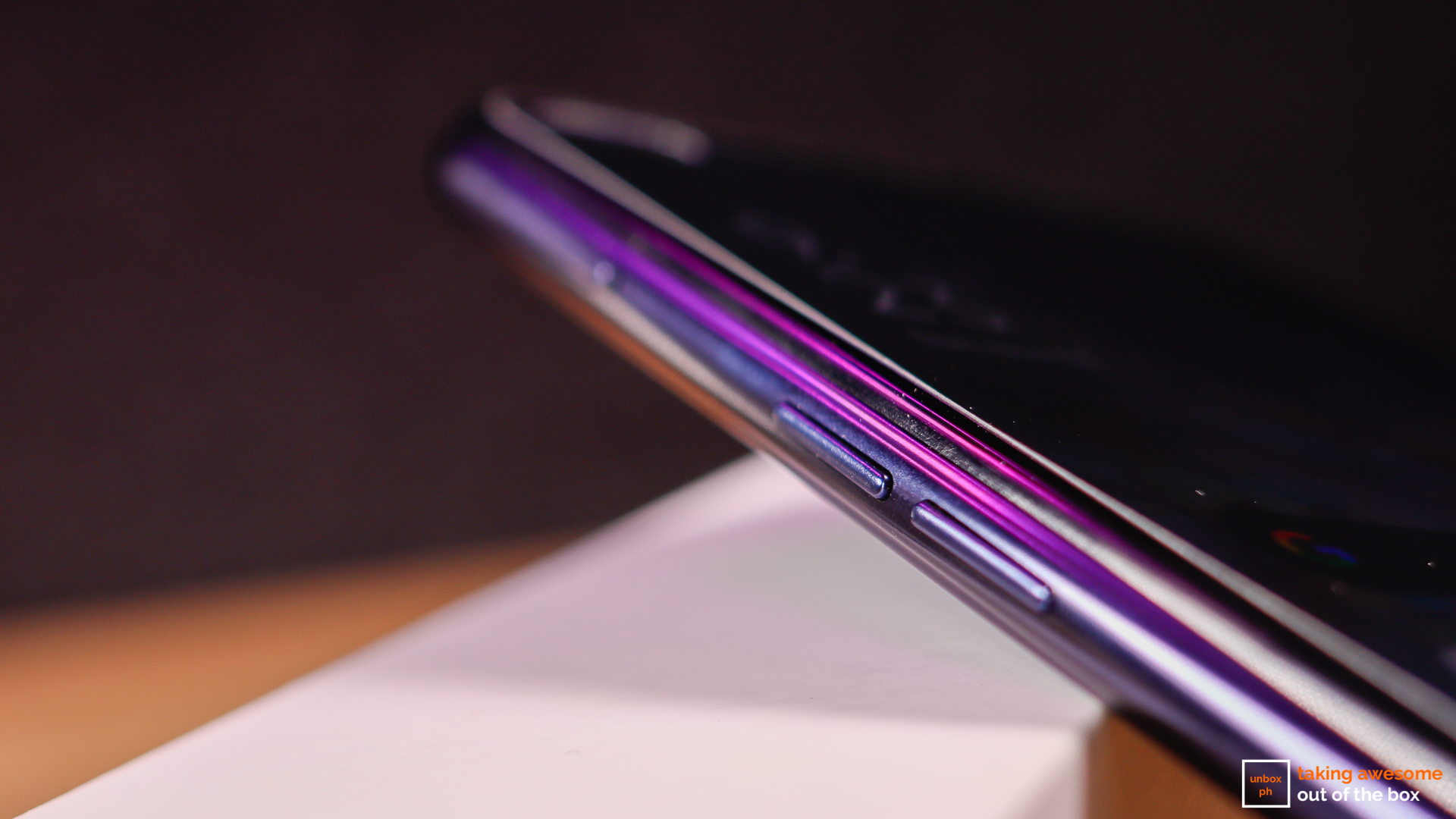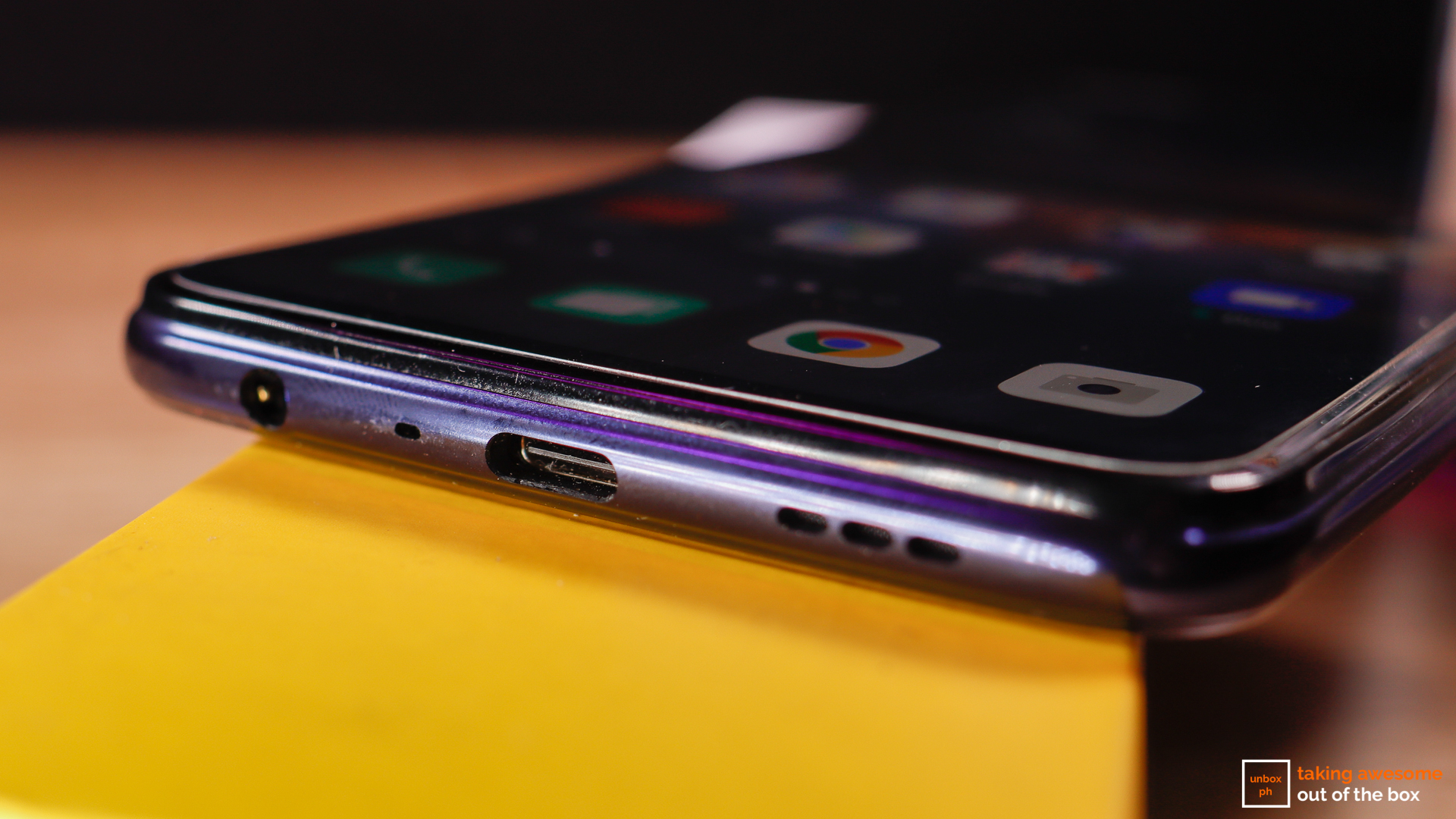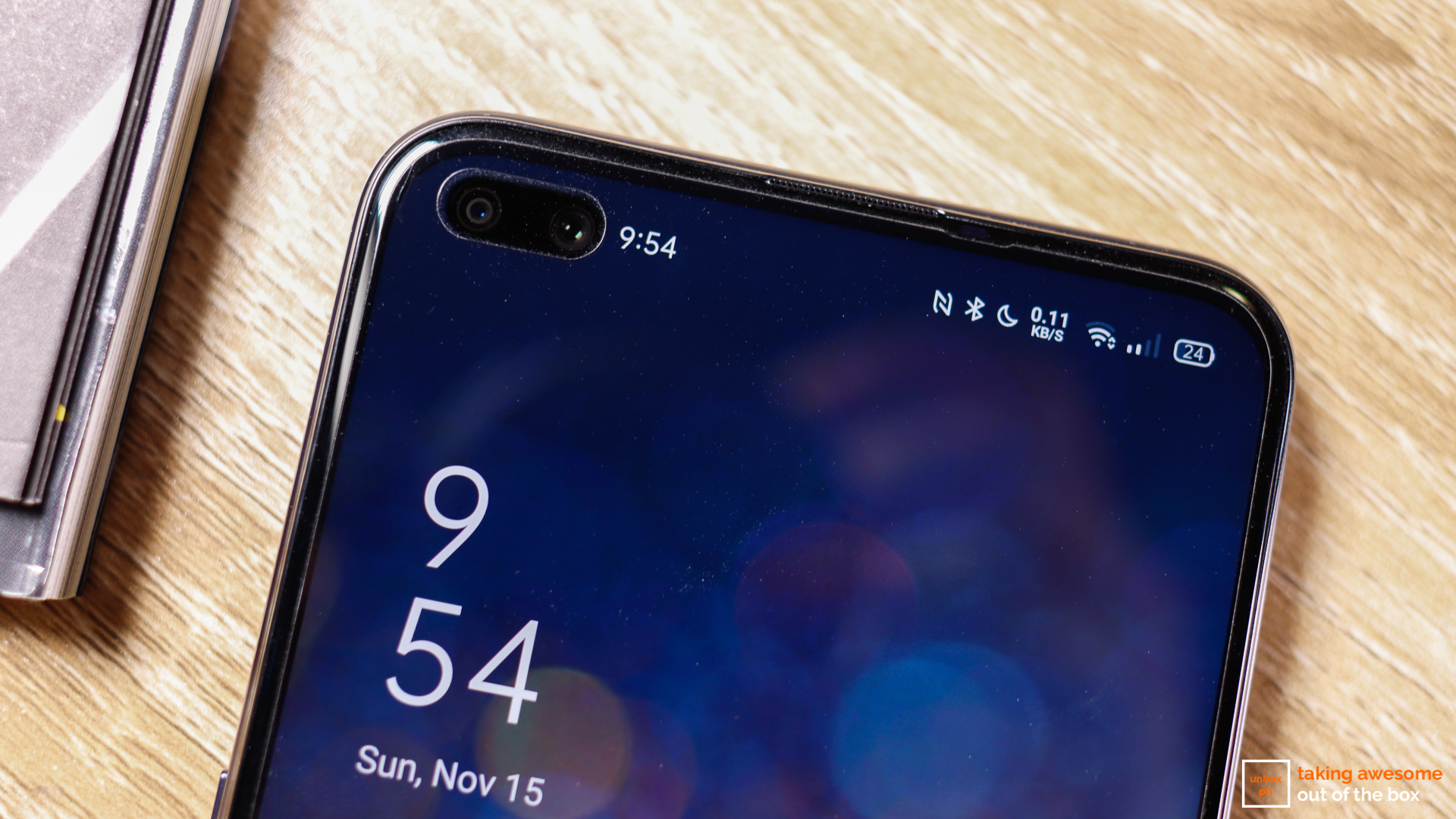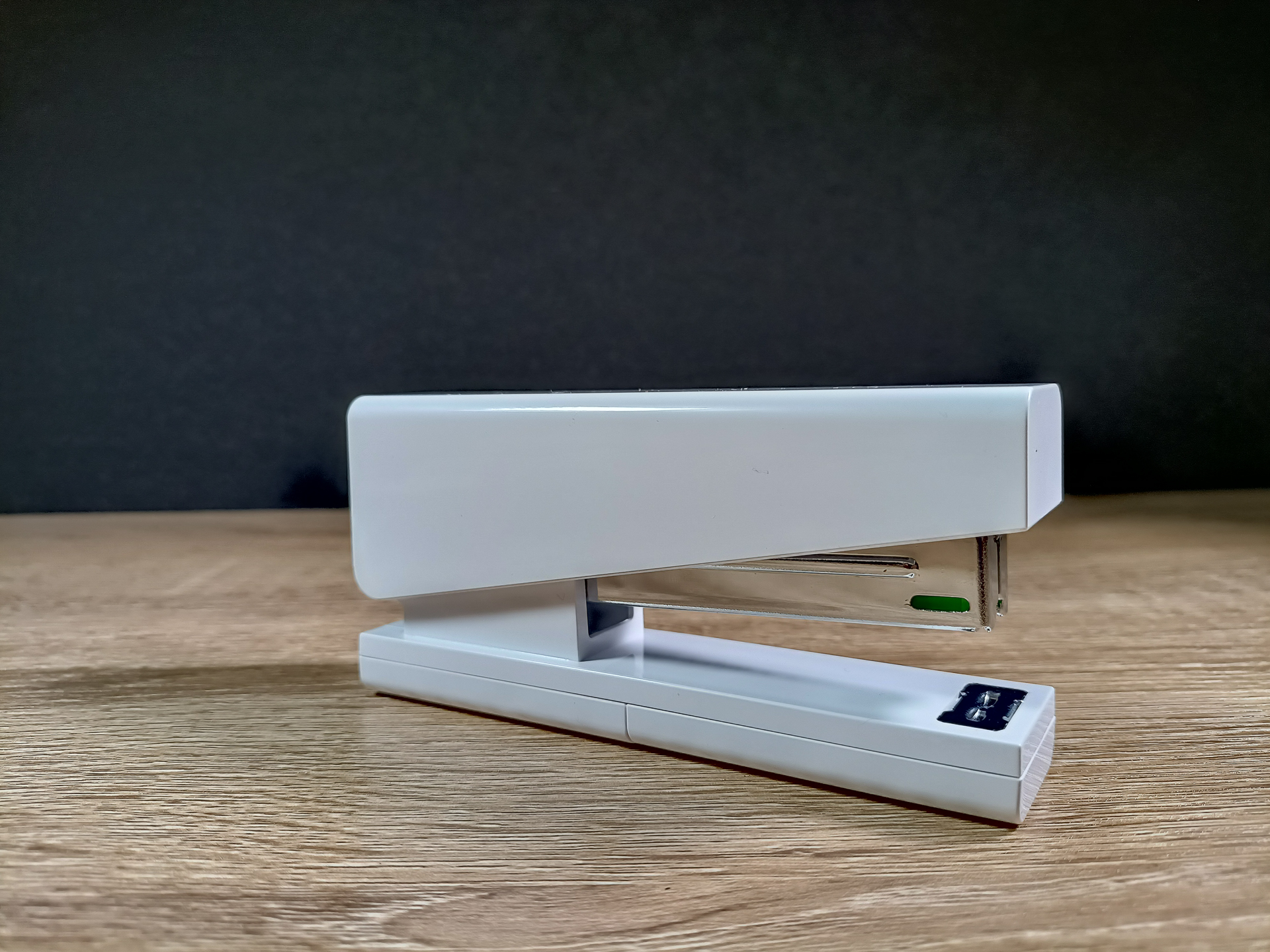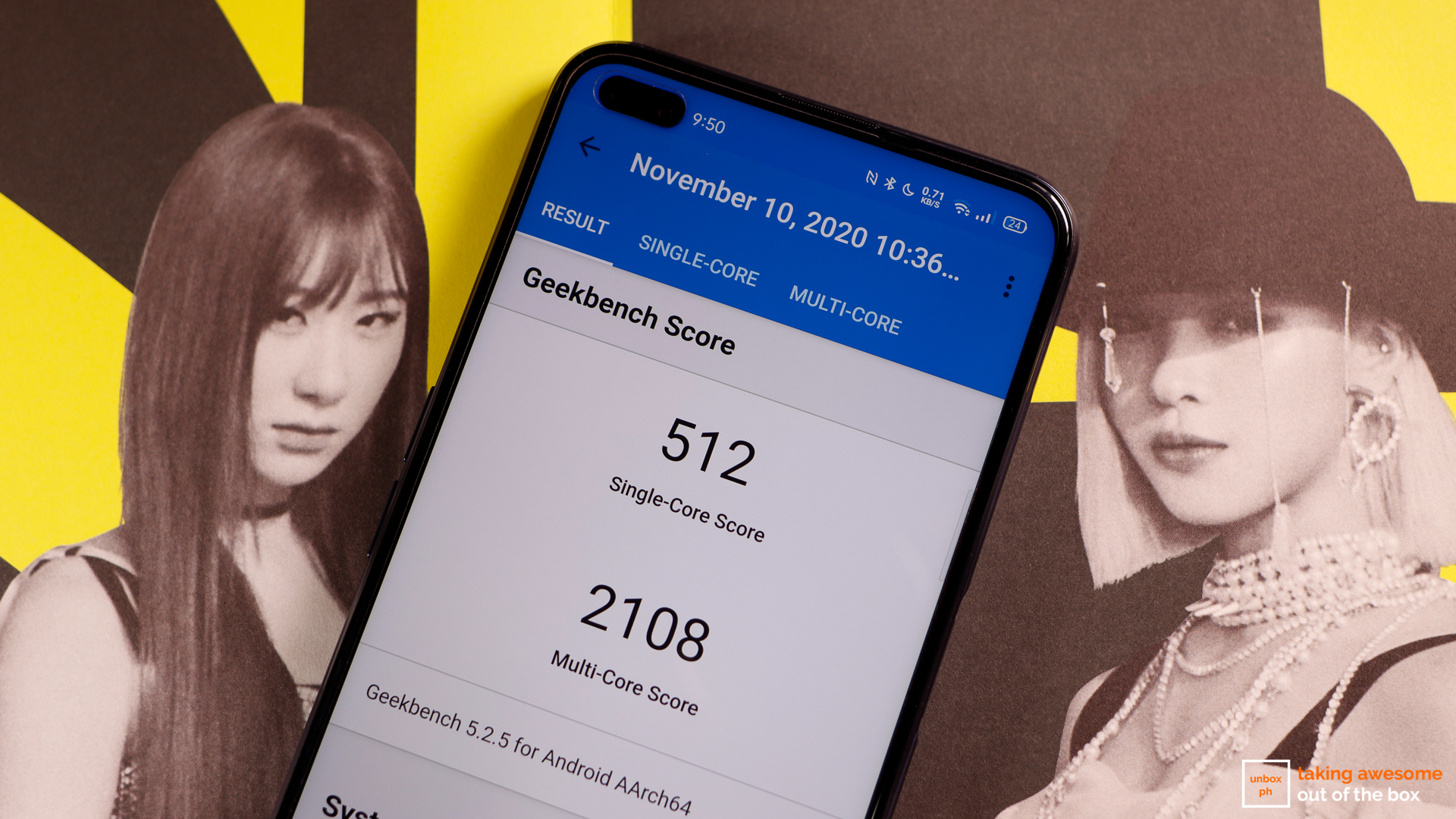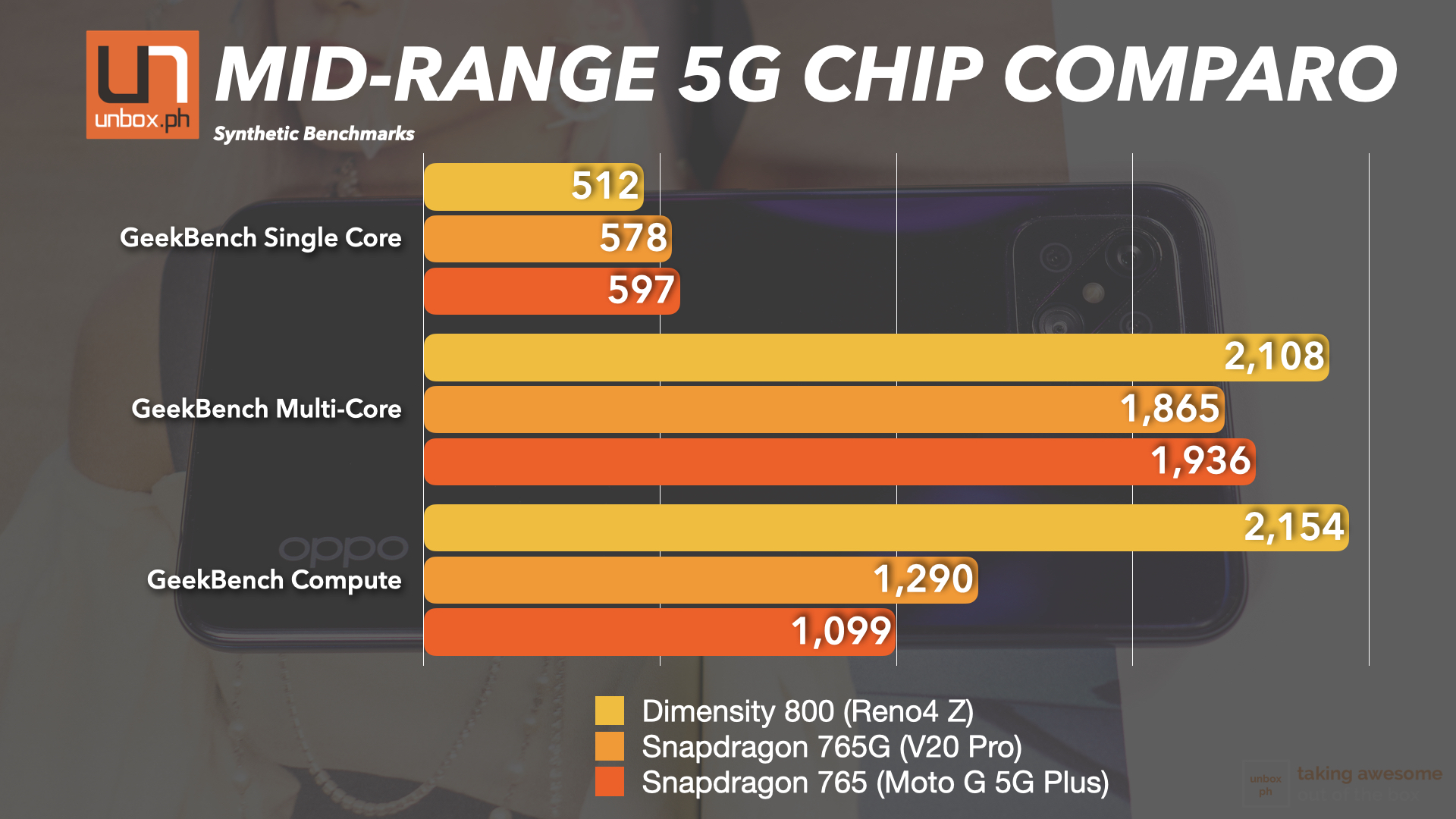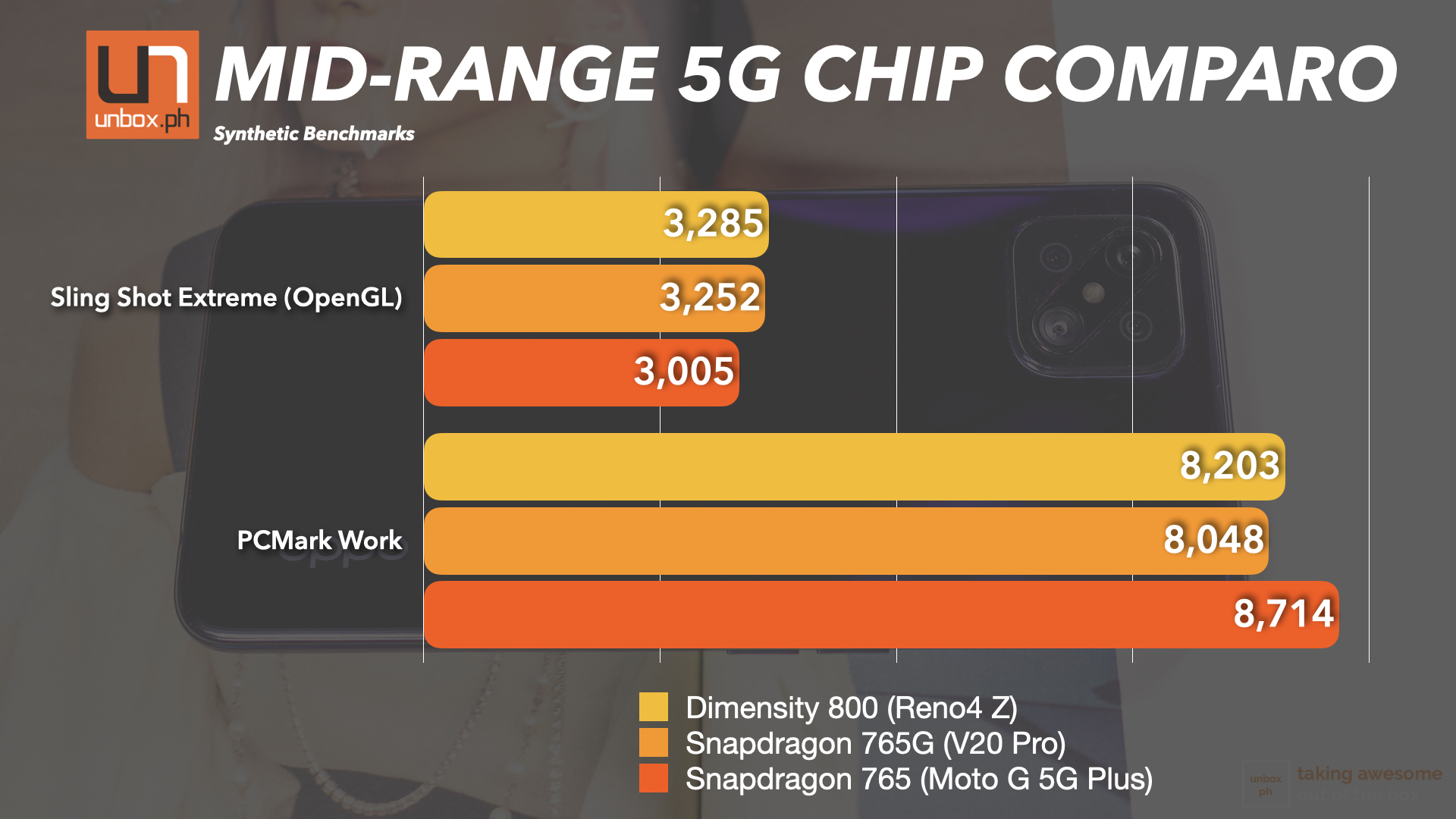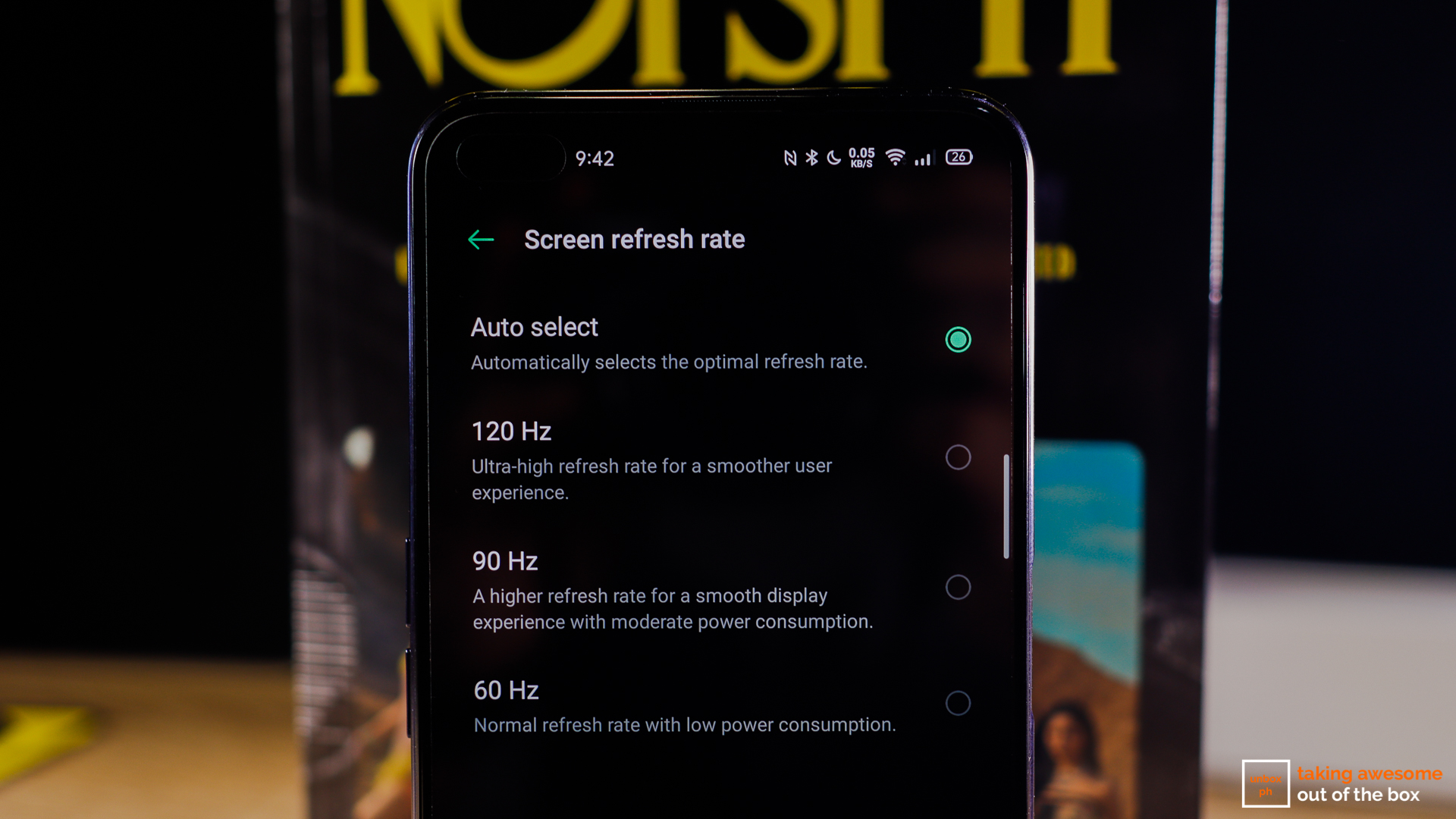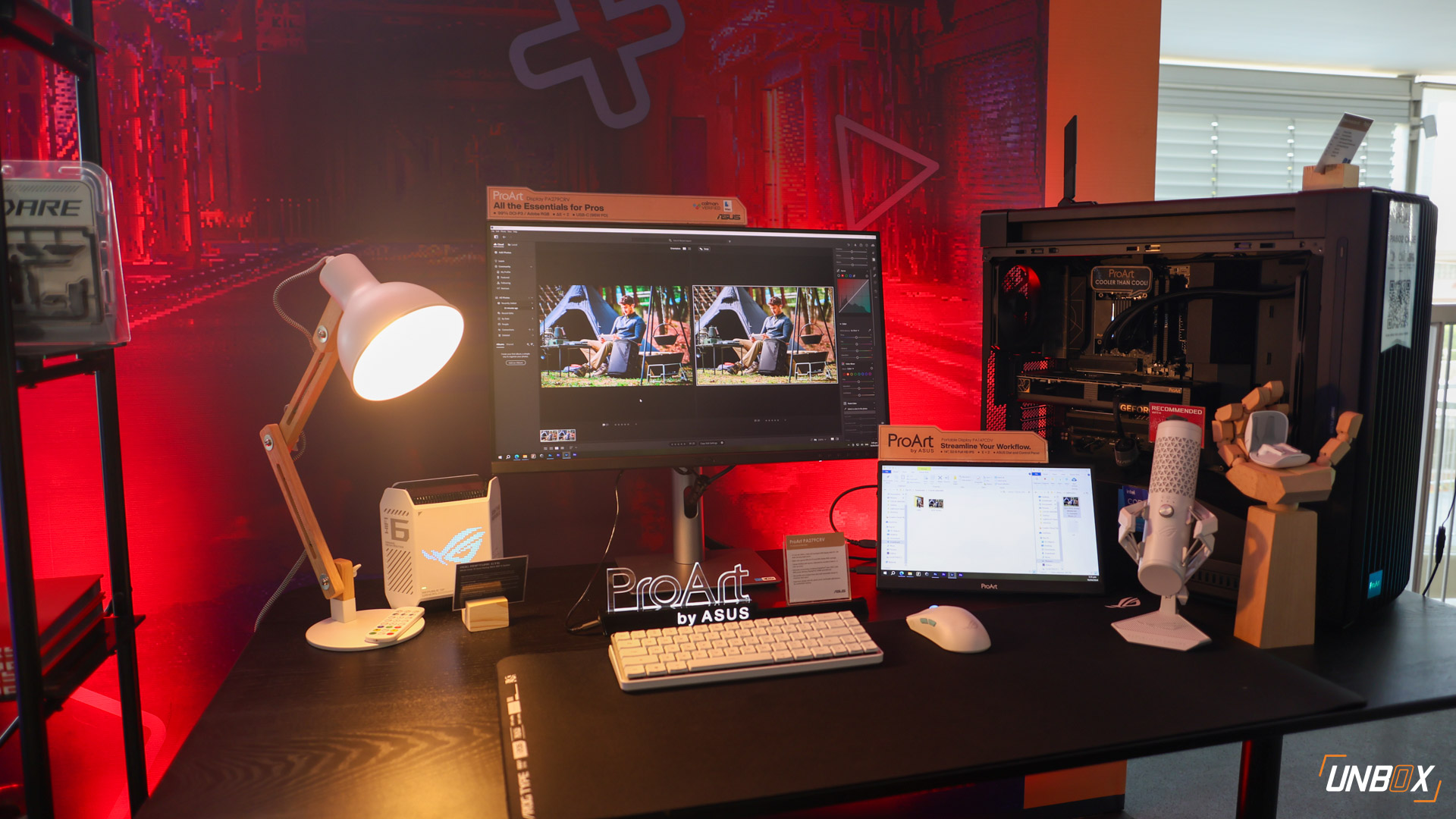Verdict: Arriving a few months after the 4G Reno4, the Reno4 Z makes a few trade-offs to offer a 5G to the mid-range. While the processor only supports up to 90hz and drains the battery like crazy at 120hz, the Reno4 Z’s Auto Select mode gives a good balance between decent battery life and a buttery smooth display.
Compared to its vanilla sibling, the Reno4 Z’s ultra-wide-angle camera performs better both in photo and video, and the addition of Night Mode gives the phone added flexibility when shooting in low light.
The Reno4 Z is priced at Php 20,990 and is exclusive to Globe and Smart through their respective postpaid plans.
Pros
- Dimensity 800 delivers the goods in terms of raw performance
- Night mode with the ultra-wide-angle camera is decent
- EIS present even when shooting 4K video
Cons
- Terrible battery life at 120hz refresh rate
- Slow 18w charging for its price
While we didn’t get the Reno4 Pro in the Philippines, OPPO made up for that by bringing over the Reno4 Z 5G instead. Also known as the A92s in China, the Reno4 Z 5G marks the official debut of MediaTek’s Dimensity processors globally, offering brands and users an alternative to Qualcomm’s 5G-capable chips.
Unboxing and Packaging contents
Like the Reno4, you get the same snazzy outer sleeve with a distinct, holographic-like pattern, but this time you get a Reno4 Z branding instead, in addition to a 5G logo at the bottom right. Otherwise, it is the same—even the actual box is dressed in plain white with the usual OPPO branding.
Inside the box, you get the phone itself, documentation, silicone case, SIM ejector tool, headset, USB-C cable, and a 18w charger—yes, the Reno4 Z is a downgrade in terms of charging speeds compared to the other members of the Reno4 family.
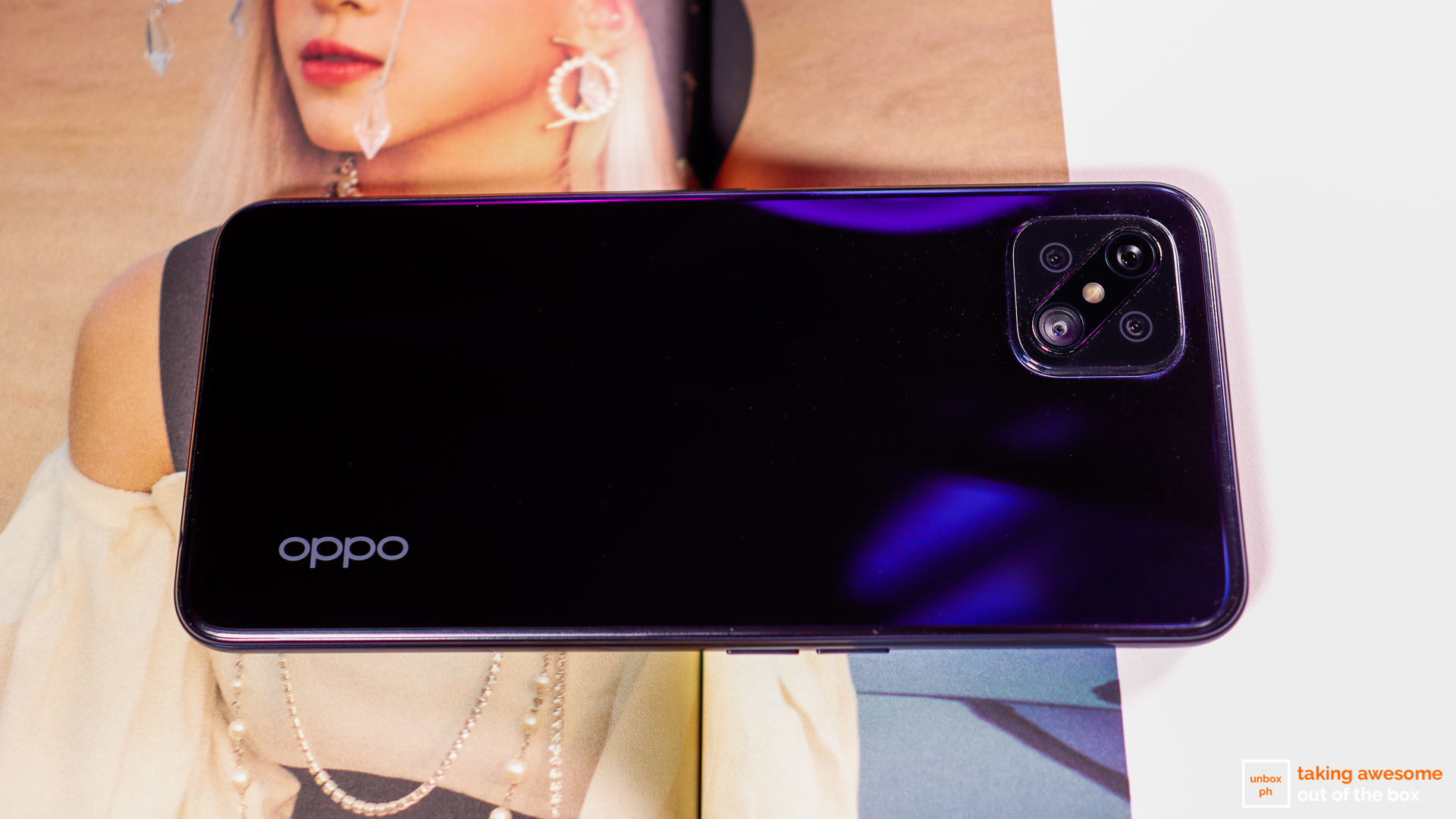 Design
Design
Unlike the Reno4’s curvier and slimmer design, the Reno4 Z is slightly thicker and boxier. It feels like OPPO’s previous-generation A-series phones in the hand, though you get a unique-looking square camera module that has an additional camera bump to highlight the 48-megapixel main rear camera and 8-megapixel ultra-wide-angle camera.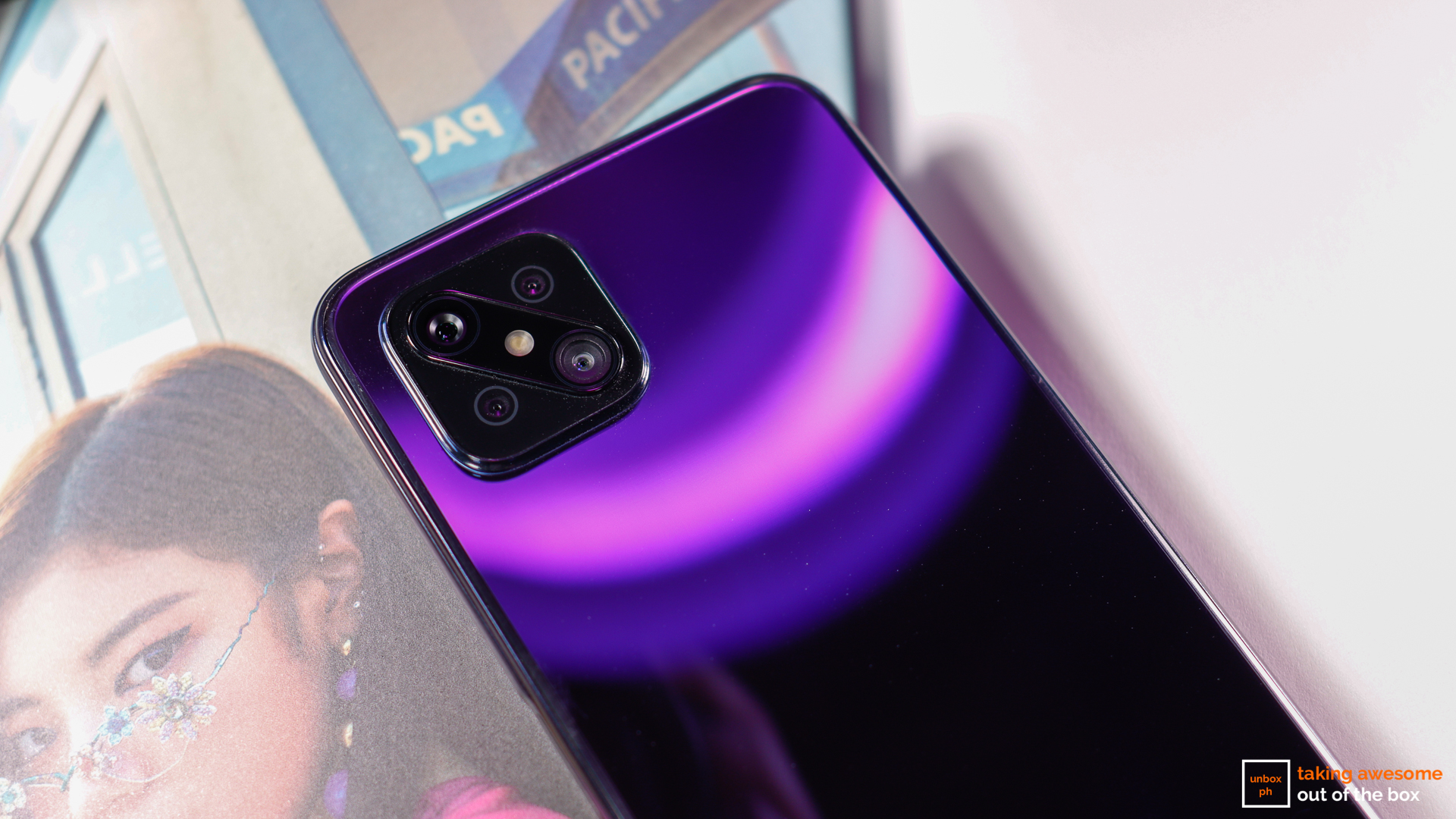
Like the A-series it’s based on, the Reno4 Z has a glossy polycarbonate back panel. Our review unit came in Ink Black that color-shifts to dark blue depending on the lighting. Unlike its vanilla sibling, the Reno4 Z has a glossy finish that attracts fingerprints—which necessitates the use of the silicone case if you want to keep your phone looking pristine.
Since it uses for an IPS panel instead of AMOLED, the Reno4 Z settles for a side-mounted fingerprint scanner that doubles as the power button. Button and port layout are the same: volume controls on the left side, and USB-C port, headphone jack, and loudspeaker at the bottom.
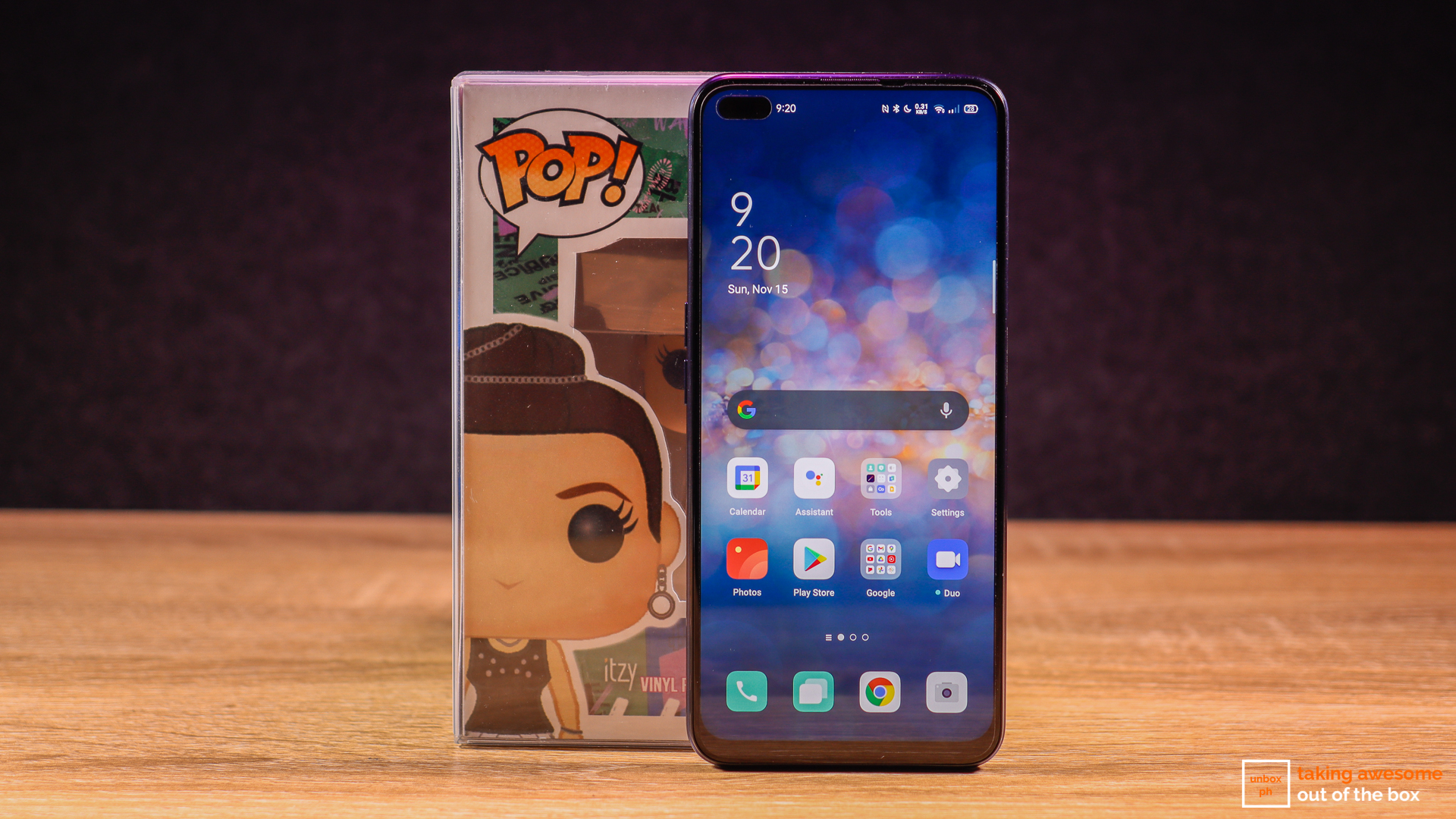 Display and speakers
Display and speakers
Despite having the same pill-shaped punch-hole and flat panel, the Reno4 Z has a slightly bigger 6.57-inch display. While it settles for IPS instead of AMOLED, you get a 120Hz refresh rate for buttery smooth animations. You have options for 60Hz, 90Hz, and 120Hz refresh rates, though it’s best to leave it at Auto Select for balanced performance between battery life and smooth UI interaction.
As for the display, the Reno4 Z’s panel is good enough for outdoor use, and has good color rendition. While its blacks are not as deep as the Reno4’s AMOLED panel, the Reno4 Z is still a great device to use for watching videos especially Netflix since you get Widevine L1—which means that you can enjoy the streaming platform’s content in Full HD.
While it has a pill-shaped punch-hole, the camera beside the 16-megapixel selfie snapper is a conventional depth sensor instead of the Reno4’s unique (albeit gimmicky) AI Smart Sensor.
For audio, the Reno4 Z’s lone speaker can is loud, and has a fairly good soundstage. In general, the speaker is tweaked to emphasize more on the mids while giving enough separation for the lows and highs. Audio fidelity gets distorted at higher volumes, and it’s best to keep the volume at around 70%.
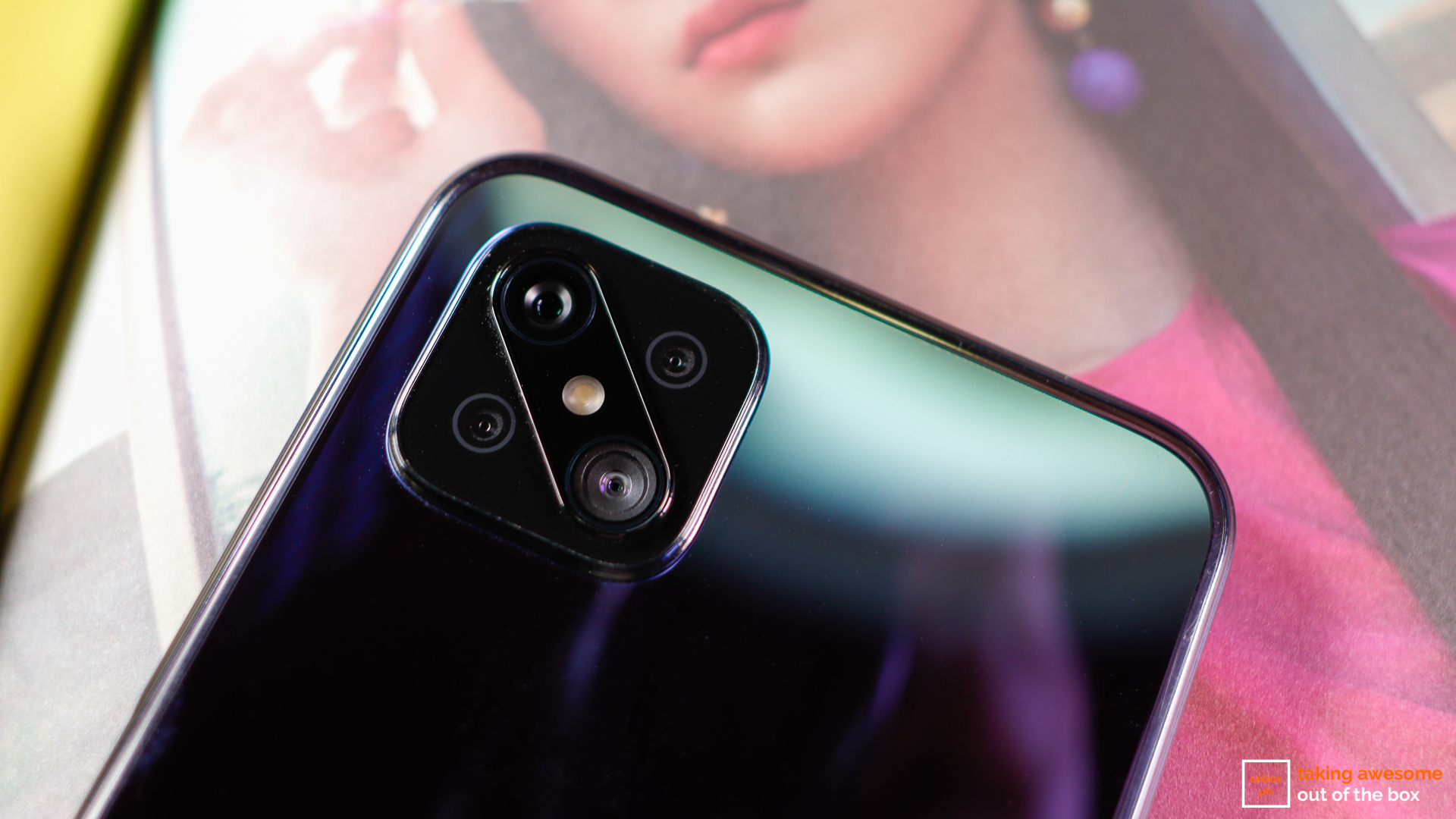 Cameras
Cameras
The Reno4 Z has virtually the same rear camera setup used on the Reno4, save for swapping the mono camera of its vanilla sibling with a portrait camera. While the Reno4 Z does not have 960FPS AI Slo-motion video, AI Color Portrait, Night Flare Portrait, and Ultra Steady, it makes up for it with improved performance with the ultra-wide-angle camera.
Despite using the same module found on the Reno4, the Reno4 Z’s ultra-wide-angle camera delivered consistent white balance and color accuracy.
In addition, Night mode is available with Reno4 Z’s ultra-wide-angle camera, and we got decent shots that are very usable for social media posts.
For videos, the Reno4 Z has EIS that works even at 4K video recording, which delivered usable footage even when shooting handheld. Check out the sample footage below:
As for selfies, the Reno4 Z uses a lower-resolution 16-megapixel IMX471 camera (the Reno4 uses a 32-megapixel IMX 616 selfie snapper). Nonetheless, it delivered selfies that are just as good as the ones we took using the Reno4.
Performance and Battery Life
Powering the Reno4 Z is a Dimensity 800 processor—the first MediaTek 5G processor to be made available globally—that is paired with 8GB RAM and 128GB of non-expandable storage. The Dimensity 800 is a 7nm processor that has four Cortex-A76 performance cores and four power-efficient Cortex-A55 cores, all running at 2.0GHz. For the GPU, you get a Mali-G57 MC4 that runs at 650MHz.
As the closest equivalent to Qualcomm’s Snapdragon 765 processors, the Dimensity 800 leads over both the Snapdragon 765 and 765G in GeekBench Multi-Core and beats both Snapdragon processors in GeekBench Compute. When it comes to SlingShot Extreme, the Dimensity 800 barely edged both Snapdragon processors, while it fell behind the Snapdragon 765 in PCMark Work. Looking at the benchmarks, MediaTek’s mid-range 5G processor can definitely match Qualcomm’s current crop of mid-range 5G chipsets.
While we have no access to our usual gaming benchmark tools as of this writing, I’ve used the Reno4 Z for playing Asphalt 9 for extended periods of time, and overall gameplay is smooth at high quality graphics settings. I’ve played a few rounds of PUBG Mobile with it too, and I manage to go beyond the usual 30FPS at HD graphics settings and play the game smoothly without any noticeable frame drop or lag.
The Dimensity 800 is a 5G ready processor, and the Reno4 Z can be used for 5G connectivity. I’m annoyed at the fact that the mobile data indicator would always say that I have a 5G signal even if I only receive an LTE signal. I think this is a glitch with ColorOS, and I hope OPPO addresses this in their future update.
While the Reno4 Z has a 120hz display, the Dimensity 800 only supports up to 90hz, which is why battery life at 120hz is terrible—we only got 9 and a half hours with our battery benchmark test at this refresh rate. However, switching the refresh rate to Auto Select (which is the default setting) gave us a more favorable battery life at a little over 13 hours. If you want to make the most out of its 4000mAh battery, it’s better to leave the refresh rate to Auto Select.
Unlike the vanilla Reno4, you are only getting 18w charging with the Reno4 Z. While it is still fast charging, similarly-priced rivals offer better wired charging solutions. Topping up the 4000mAh battery will take you around 2 hours from flat to 100%.
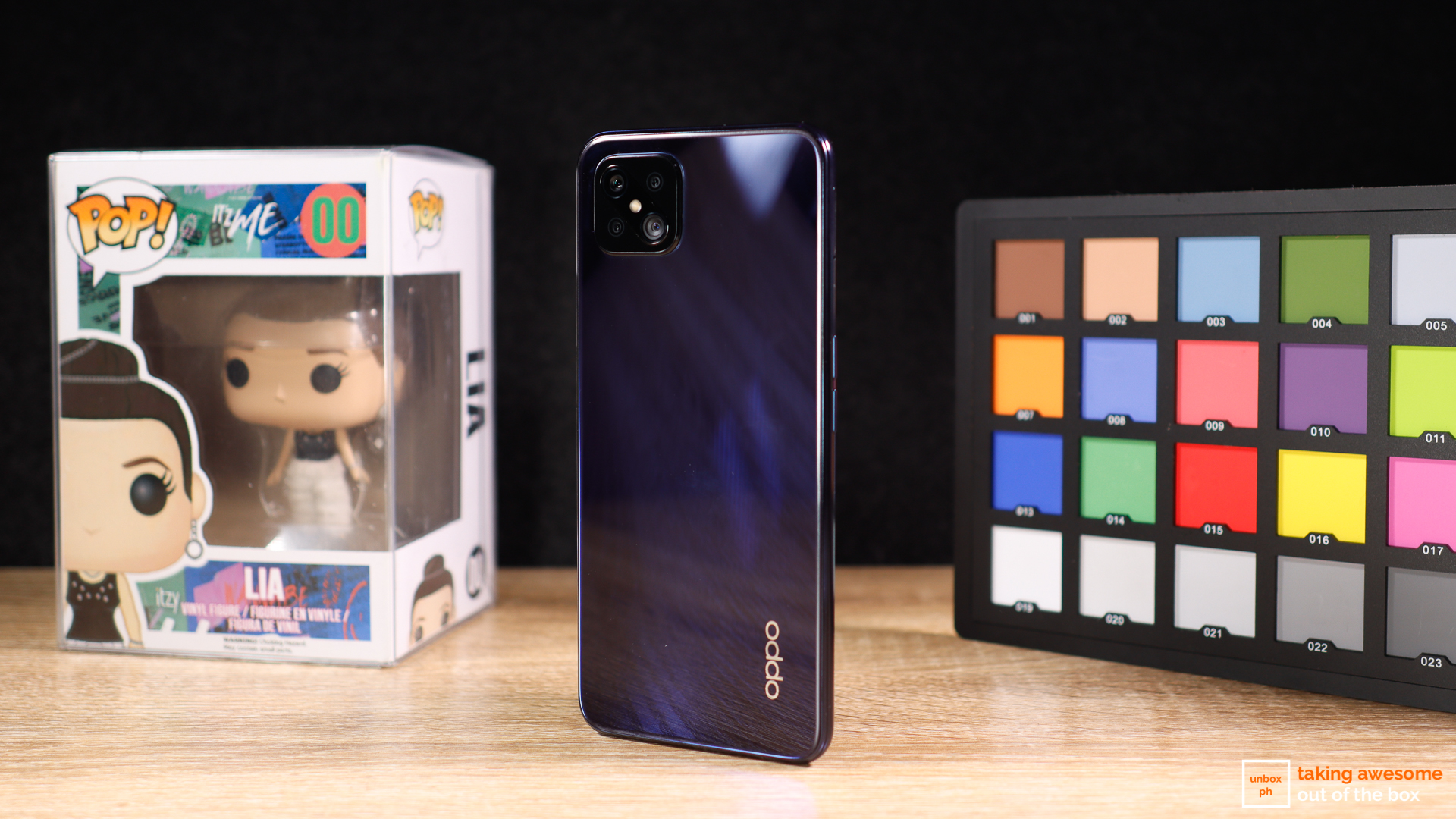 Wrap up and Conclusions
Wrap up and Conclusions
OPPO’s second 5G-ready phone (the first being the Find X2 Pro) is an interesting offering, as it showcases the potential of MediaTek’s Dimensity 800 against current mid-range 5G processors from team Qualcomm. Compared to the Reno4 that launched earlier, OPPO made a few compromises to the Reno4 Z in order to have a 5G-ready phone that is priced at under Php 21k.
The compromises are not bad, as the trade-offs include a faster refresh rate, significantly better performance from the Dimensity 800 processor, and improved image quality when shooting using the ultra-wide-angle camera regardless of lighting conditions.
Being Php 1k cheaper than the OnePlus Nord, the Reno4 Z is up against a tight competition in the mid-range 5G segment. The said segment will be more competitive once the sub-Php 17k Motorola’s Moto G 5G Plus becomes available nationwide come December.


